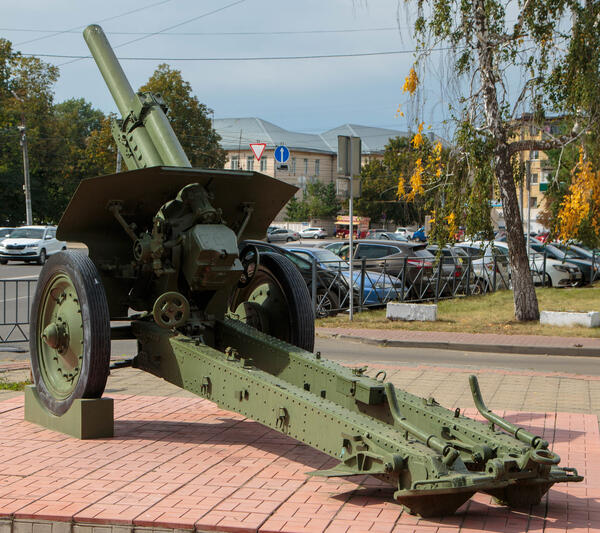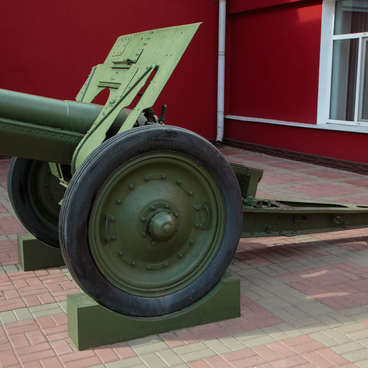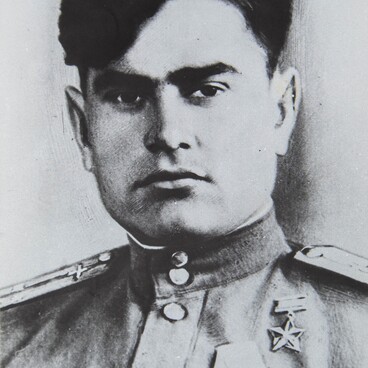In the 1930s, the USSR actively worked on modernizing old weapons and creating new ones. Thus, the howitzers that the Soviet Union inherited from the tsarist army were modernized in 1930 and 1937, however, even modified versions still did not meet the requirements of the time.
In March 1937, during a meeting on the development of Soviet artillery, the Chief of the General Staff, Marshal Alexander Ilyich Yegorov, insisted on the creation of a more powerful 122-millimeter howitzer. By that time a large number of 122-millimeter rounds had already been manufactured by factories all around the country, as the Russian Empire howitzers had the same caliber. It was considered somewhat sufficient for destroying field fortifications.
Three design teams worked on developing a new gun at once and presented different versions. Fyodor Fyodorovich Petrov led the development of the M-30 at Plant No. 172 in Perm, Vasily Gavrilovich Grabin worked on the F-25 at Plant No. 92 in Gorky (Nizhny Novgorod), and the bureau of the Ural Heavy Machinery Plant in Sverdlovsk (Yekaterinburg) designed the U-2 howitzer.
As a result, after a series of tests and improvements, on September 29, 1939, the M-30 version was adopted by the Red Army. The gun received the official designation the “122-mm divisional howitzer of the 1938 model”.
In terms of muzzle energy, this gun was at least twice as powerful as the M1910/30 howitzer and weighed 1000 kg more — its operational weight was 2,450 kilograms. Its maximum range reached almost 12 kilometers. The M-30 howitzer received a modern design for its time: a split trail carriage with leaf spring suspension and wheels that ensured high mobility when towed. As to technical improvements, the 122-mm gun of the 1938 model was fitted with new recoil mechanisms and a breechblock that provided a rate of fire of five to six rounds per minute.
During the Great Patriotic War, the M-30 howitzer was in service with artillery
regiments of rifle divisions, artillery brigades and penetration divisions of
the Reserve of the Supreme High Command. The 1938 howitzer was used on all
fronts.




